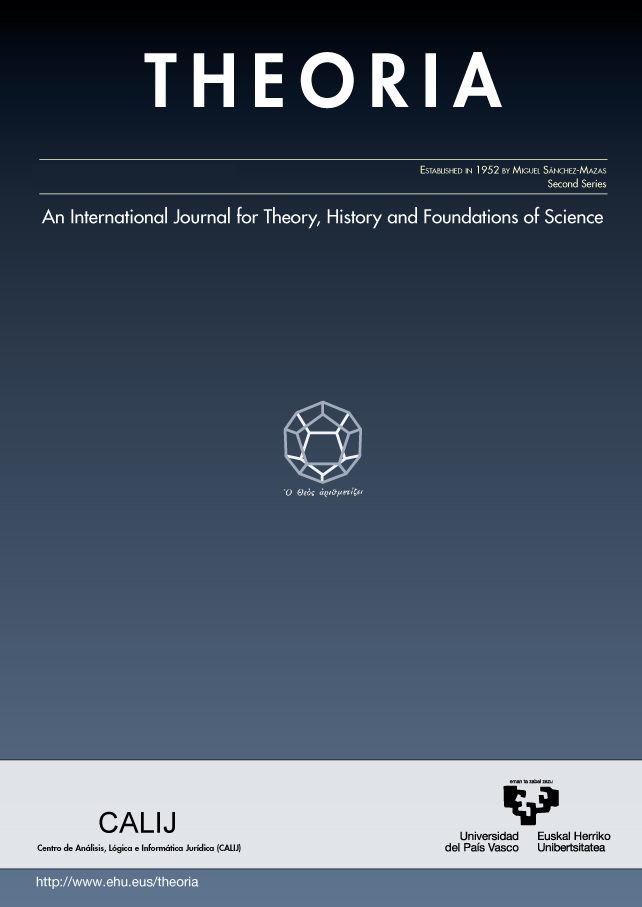Newton's experimental proofs
##plugins.themes.bootstrap3.article.main##
##plugins.themes.bootstrap3.article.sidebar##
Published
06-01-2021
Timm Lampert
Abstract
Newton's claim to provide experimental proofs is often criticized. It is argued that his proofs are based on hypotheses and not inferred from the experiments alone. This criticism, however, applies a hypothetico-deductive analysis to Newton's experimental reasoning. Such an analysis is not consistent with Newton's own understanding of his proof method. The following reconstruction of Newton's proof method is intended to do justice to his understanding by applying the conception of iconic proofs to Newton's proofs by experiment. The main purpose of this analysis is to explain Newton's dictum that the experiment alone serves as the source of evidence from which his theorems are derived. After drawing a general distinction between symbolic and iconic proofs and illustrating this distinction by means of Euclidean proofs and Aristotelian syllogisms, I will apply this distinction to Newton's experimental proofs and analyze Newton's proof of the heterogeneity of sunlight by his experimentum crucis as an iconic proof. Finally, I will show that this experiment and its underlying method remain prominent in Newton's Opticks.
How to Cite
Lampert, T. (2021). Newton’s experimental proofs. THEORIA. An International Journal for Theory, History and Foundations of Science, 36(2), 261–283. https://doi.org/10.1387/theoria.21155
##plugins.themes.bootstrap3.article.details##
Keywords
Iconic Proof, Newton, experimentum Crucis, Diagrammatic Reasoning
Section
ARTICLES

This work is licensed under a Creative Commons Attribution-NonCommercial-NoDerivatives 4.0 International License.
Authors retain copyright and grant the journal right of first publication with the work simultaneously licensed under a Creative Commons License.


 http://orcid.org/0000-0003-3912-7933
http://orcid.org/0000-0003-3912-7933